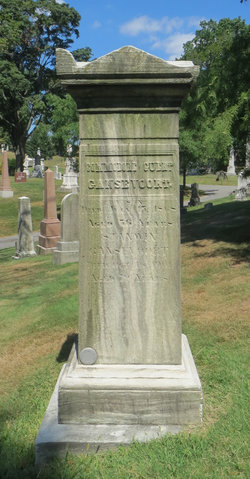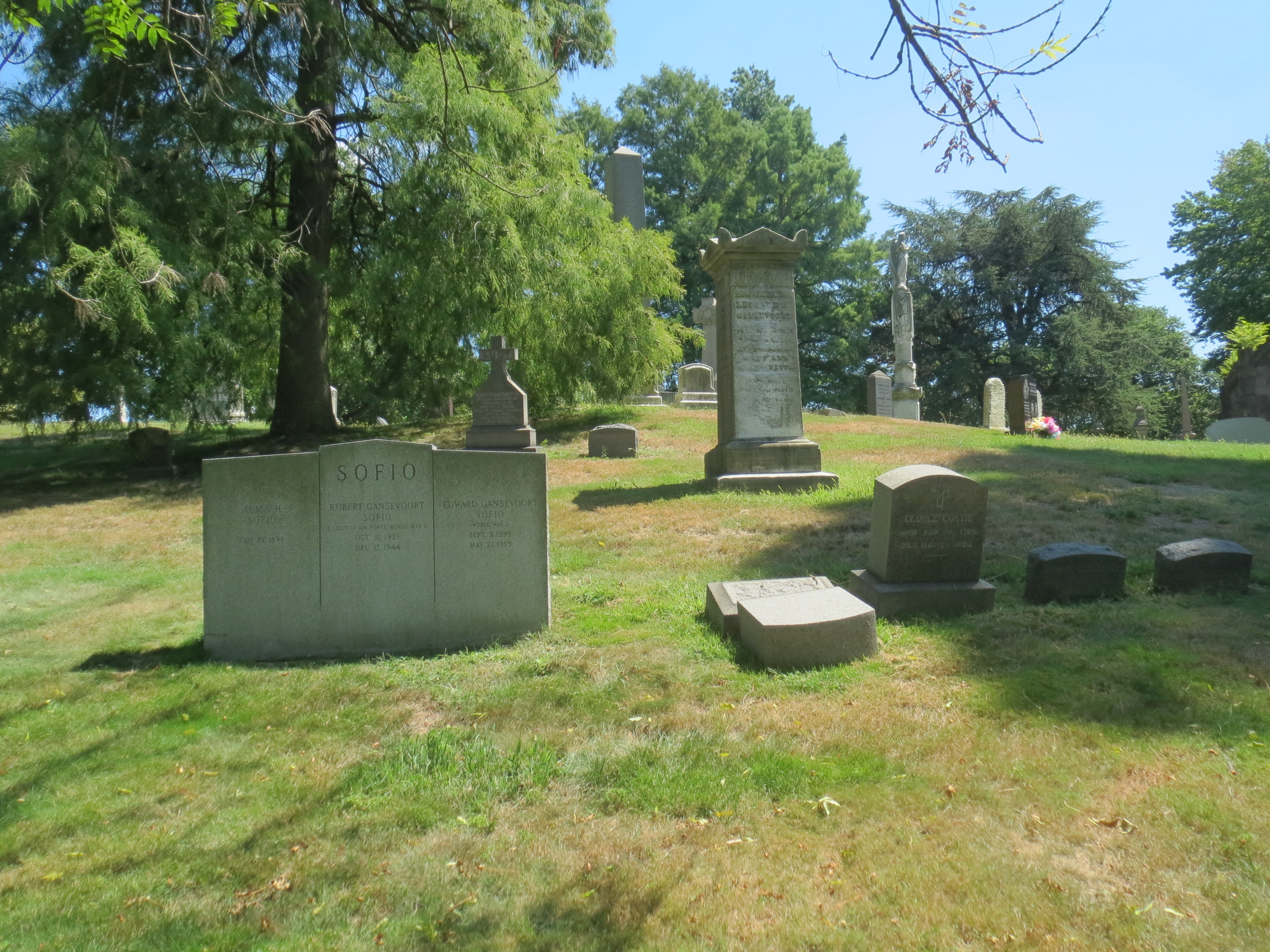Guert was the son of Peter's son Leonard. Peter's daughter, Maria, was the mother of author Herman Melville.
Gansevoort was appointed a Midshipman in the US Navy on 4 March 1823. Subsequently he served in the Mediterranean aboard the USS Constitution, the USS North Carolina, and the USS Ohio. He was promoted to Passed Midshipman on 28 April 1832, and to Lieutenant on 8 March 1837.
In 1842 he was serving as first Lieutenant aboard the brig USS Somers, under the command of Commander Alexander Slidell Mackenzie, when a planned mutiny was discovered, led by Midshipman Philip Spencer, the son of the Secretary of War John C. Spencer. On the advice of Gansevoort and the other officers Mackenzie sentenced Spencer, Boatswain's Mate Samuel Cromwell and Seaman Elisha Small to death, and on 1 December the three men were hanged from the yardarm. The was the first and, to date, the only mutiny leading to executions aboard a US Navy vessel.
Mackenzie was subsequently court-martialed but exonerated. The most notable legacy of the Somers Affair is establishment of the US Naval Academy which was founded as a direct result of the affair. Appalled that a midshipman would consider mutiny, senior Naval officials ordered the creation of the academy so that midshipmen could receive a formal and supervised education in Naval seamanship and related matters.
Gansevoort's first cousin, Herman Melville, later wrote the novella Billy Budd, inspired by the events.
Gansevoort was promoted to Commander on 14 September 1855, and the following year took part in the First Battle of Tuxpan and First Battle of Tabasco during the MexicanAmerican War. In January 1856 during the Puget Sound War, he landed seamen and marines from the USS Decatur to defend Seattle, Washington Territory, from attacking Native Americans.
During the Civil War, he was in charge of ordnance at the Brooklyn Navy Yard between 1861 1863. He was promoted to Captain on 16 July 1862 while helping fit out ships which had been acquired for blockade duty. He commanded the ironclad USS Roanoke, sister ship of the USS Merrimac, in the last year of the war.
Gansevoort retired on 28 January 1867 and was subsequently promoted to Commodore on the retired list. He died on 15 July 1868 at Schenectady, New York.
Guert was the son of Peter's son Leonard. Peter's daughter, Maria, was the mother of author Herman Melville.
Gansevoort was appointed a Midshipman in the US Navy on 4 March 1823. Subsequently he served in the Mediterranean aboard the USS Constitution, the USS North Carolina, and the USS Ohio. He was promoted to Passed Midshipman on 28 April 1832, and to Lieutenant on 8 March 1837.
In 1842 he was serving as first Lieutenant aboard the brig USS Somers, under the command of Commander Alexander Slidell Mackenzie, when a planned mutiny was discovered, led by Midshipman Philip Spencer, the son of the Secretary of War John C. Spencer. On the advice of Gansevoort and the other officers Mackenzie sentenced Spencer, Boatswain's Mate Samuel Cromwell and Seaman Elisha Small to death, and on 1 December the three men were hanged from the yardarm. The was the first and, to date, the only mutiny leading to executions aboard a US Navy vessel.
Mackenzie was subsequently court-martialed but exonerated. The most notable legacy of the Somers Affair is establishment of the US Naval Academy which was founded as a direct result of the affair. Appalled that a midshipman would consider mutiny, senior Naval officials ordered the creation of the academy so that midshipmen could receive a formal and supervised education in Naval seamanship and related matters.
Gansevoort's first cousin, Herman Melville, later wrote the novella Billy Budd, inspired by the events.
Gansevoort was promoted to Commander on 14 September 1855, and the following year took part in the First Battle of Tuxpan and First Battle of Tabasco during the MexicanAmerican War. In January 1856 during the Puget Sound War, he landed seamen and marines from the USS Decatur to defend Seattle, Washington Territory, from attacking Native Americans.
During the Civil War, he was in charge of ordnance at the Brooklyn Navy Yard between 1861 1863. He was promoted to Captain on 16 July 1862 while helping fit out ships which had been acquired for blockade duty. He commanded the ironclad USS Roanoke, sister ship of the USS Merrimac, in the last year of the war.
Gansevoort retired on 28 January 1867 and was subsequently promoted to Commodore on the retired list. He died on 15 July 1868 at Schenectady, New York.
Family Members
Advertisement
Advertisement













